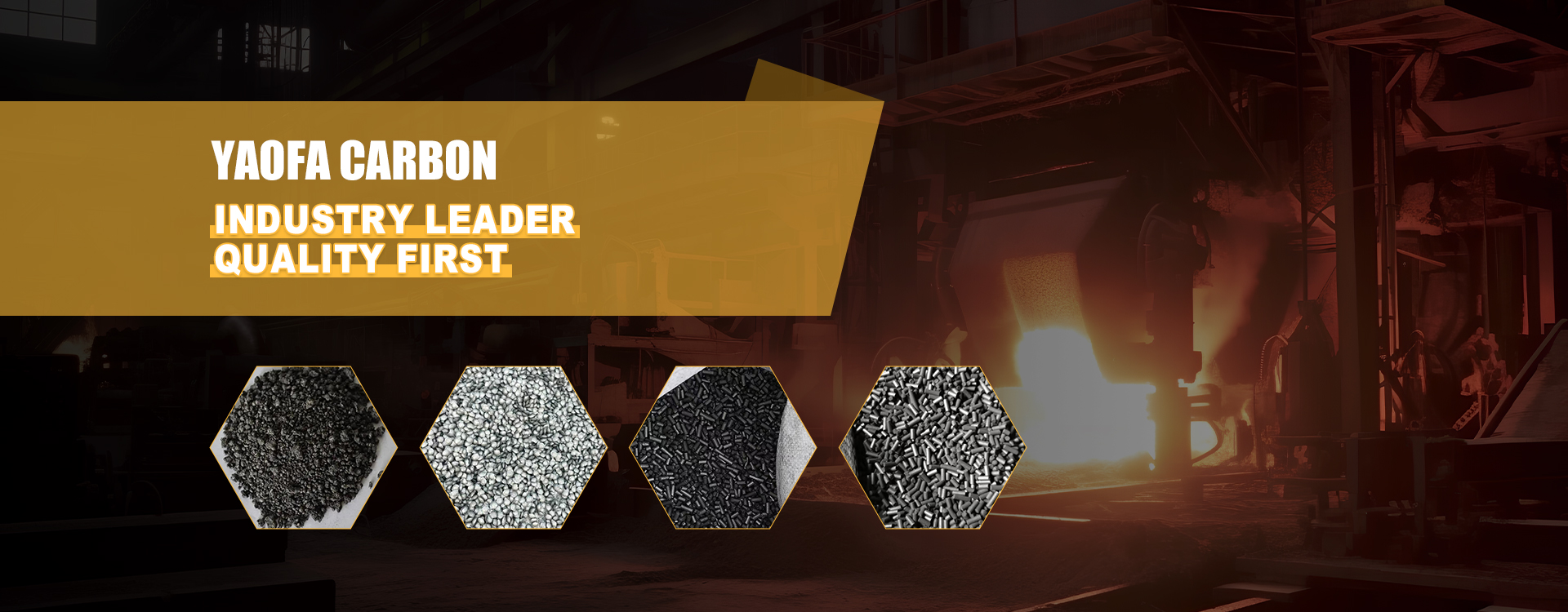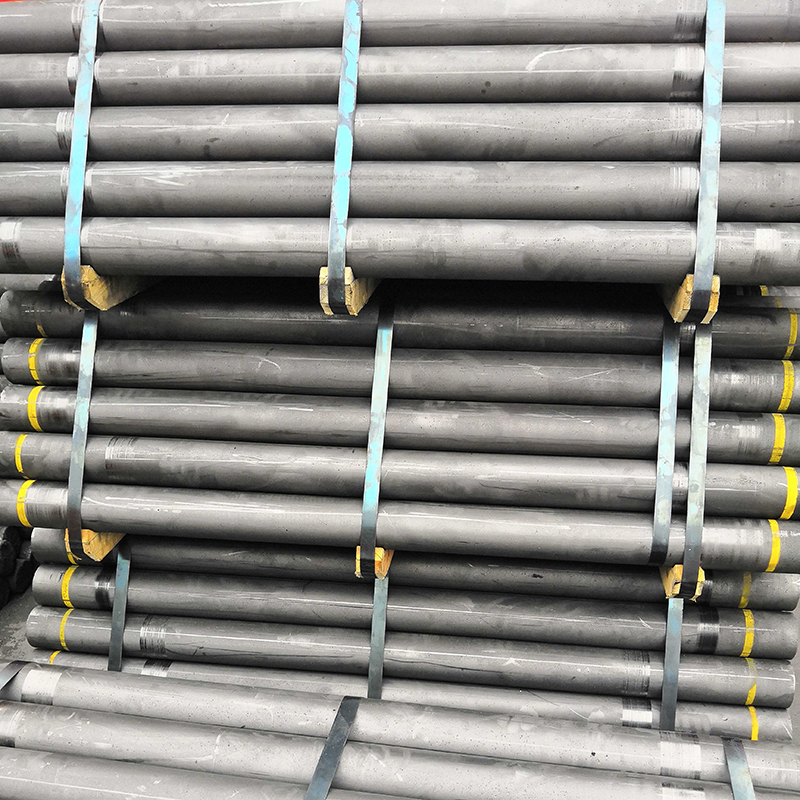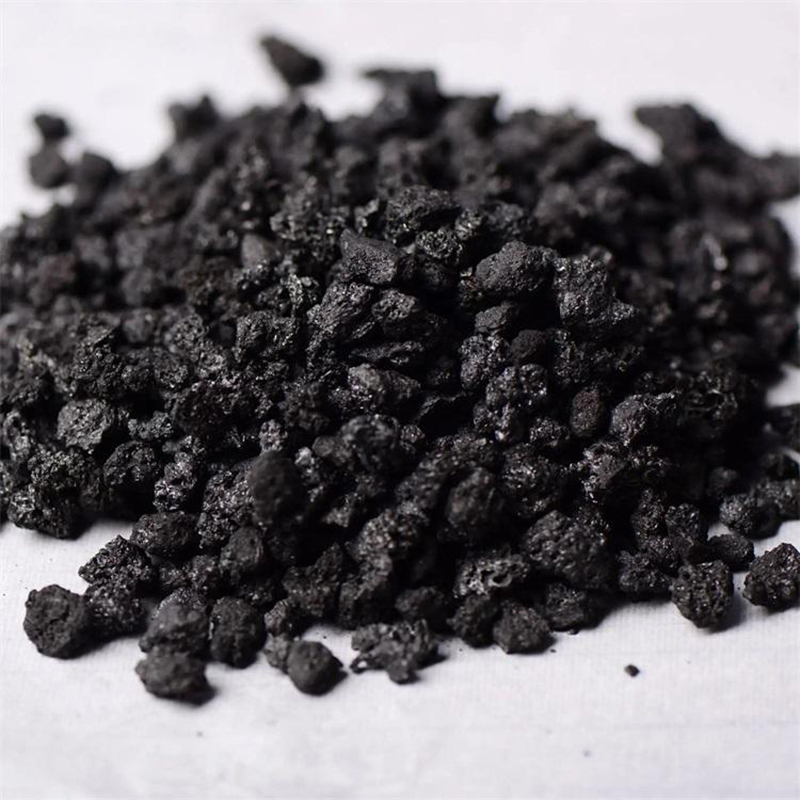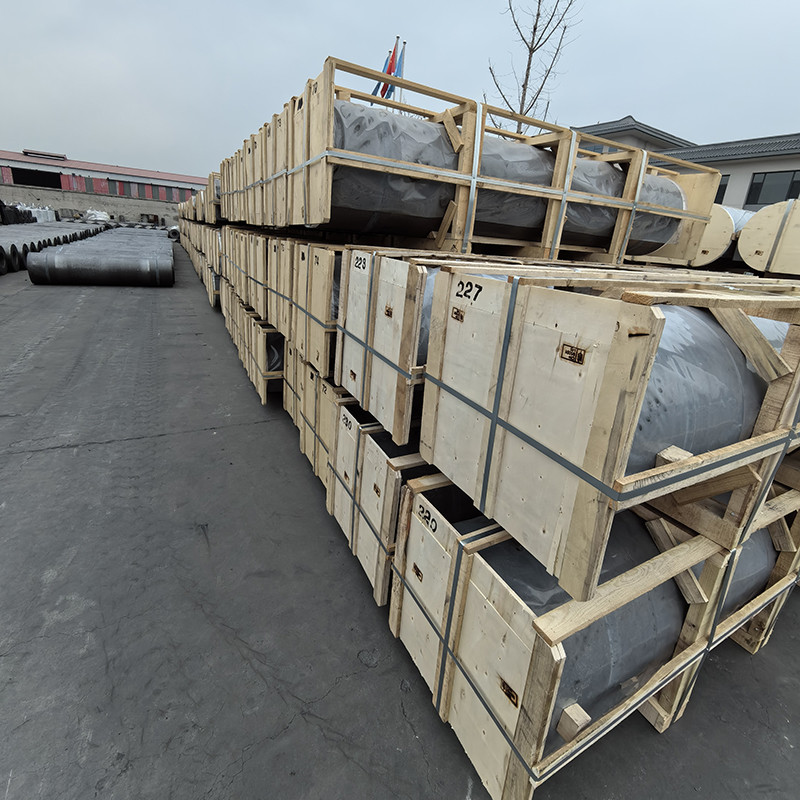- Chinese
- French
- German
- Portuguese
- Spanish
- Russian
- Japanese
- Korean
- Arabic
- Irish
- Greek
- Turkish
- Italian
- Danish
- Romanian
- Indonesian
- Czech
- Afrikaans
- Swedish
- Polish
- Basque
- Catalan
- Esperanto
- Hindi
- Lao
- Albanian
- Amharic
- Armenian
- Azerbaijani
- Belarusian
- Bengali
- Bosnian
- Bulgarian
- Cebuano
- Chichewa
- Corsican
- Croatian
- Dutch
- Estonian
- Filipino
- Finnish
- Frisian
- Galician
- Georgian
- Gujarati
- Haitian
- Hausa
- Hawaiian
- Hebrew
- Hmong
- Hungarian
- Icelandic
- Igbo
- Javanese
- Kannada
- Kazakh
- Khmer
- Kurdish
- Kyrgyz
- Latin
- Latvian
- Lithuanian
- Luxembou..
- Macedonian
- Malagasy
- Malay
- Malayalam
- Maltese
- Maori
- Marathi
- Mongolian
- Burmese
- Nepali
- Norwegian
- Pashto
- Persian
- Punjabi
- Serbian
- Sesotho
- Sinhala
- Slovak
- Slovenian
- Somali
- Samoan
- Scots Gaelic
- Shona
- Sindhi
- Sundanese
- Swahili
- Tajik
- Tamil
- Telugu
- Thai
- Ukrainian
- Urdu
- Uzbek
- Vietnamese
- Welsh
- Xhosa
- Yiddish
- Yoruba
- Zulu
- Kinyarwanda
- Tatar
- Oriya
- Turkmen
- Uyghur

slip plate graphite factory
Understanding the Dynamics of Slip Plate Graphite Factories
In the realm of carbon manufacturing, the term slip plate graphite factory is often discussed but seldom truly understood. It's a niche field within the expansive world of graphite production, crucial for specific industrial applications, yet shrouded in common misconceptions and technical challenges. Let's unpack the realities of working in this specialized sector.
What Is a Slip Plate Graphite Factory?
A slip plate graphite factory isn't just a typical carbon manufacturing setup. It's an intricate blend of science and application where graphite is used in slip plates to reduce friction, enhancing the lifespan and performance of various machinery. Each factory has its own methodologies and expertise, adapting the production process to suit different industrial needs.
From my experience, one major misunderstanding is assuming these factories only produce standard graphite products. In reality, customization is key. Factories like Hebei Yaofa Carbon Co., Ltd., known for their two-decade history in the industry, often tailor their graphite materials for specific applications, including those requiring high-precision and minimal abrasion.
Another insight: slip plates may seem simple components, but their manufacturing complexity is significant. This complexity stems not only from the raw materials used but also from the exacting standards they must meet to function effectively under diverse conditions.
The Role of Expertise and Experience
In this line of work, expertise is invaluable. Factories with a rich history, such as Hebei Yaofa Carbon Co., Ltd., leverage years of trade secrets and trials to refine their processes. It's the type of wisdom you won't find in textbooks but learn on the factory floor. Only by navigating through numerous challenges do these experts hone their craft to produce reliable slip plates.
For instance, one oversight often made is not accounting for the specific environmental conditions where the slip plates will be used. Do they need to endure extreme temperatures or resist chemical exposure? Such details can dramatically alter the manufacturing parameters and the choice of graphite grade.
Another critical factor is the balance between durability and cost. A common dilemma is achieving high-quality outputs without inflating expenses. This is where experienced manufacturers shine, crafting solutions that offer longevity while maintaining budgetary constraints.
Challenges Faced in the Industry
One cannot ignore the hurdles faced in slip plate graphite factory operations. Resource acquisition, for instance, remains a core concern. The purity and performance of graphite largely depend on the raw material's quality.
Also, technological advancements continually shift the landscape. Factories striving for innovation must consistently integrate new machinery and refine techniques — a process that can be both capital and labor-intensive. For instance, implementing state-of-the-art CNC machines helps in chiseling more precise and consistent graphite plates.
Moreover, environmental regulations are becoming increasingly stringent. Companies must navigate these with ingenuity to remain compliant while still pursuing opportunities for growth and sustainability.
Tackling Real-Life Scenarios
It's in real-time scenarios that a factory's mettle is truly tested. Consider a situation where a high-complexity machinery operation demands a slip plate that minimizes breakdowns under severe strain. A responsive approach involves meticulous customization and real-time problem-solving, hallmark skills for an experienced factory like Hebei Yaofa Carbon Co., Ltd. at yaofatansu.com.
Solving these dilemmas involves a multi-disciplinary approach combining material science, engineering, and sometimes, digital analytics. Data-driven decisions can prevent potential setbacks and enhance operational efficiency.
It's a dance between past lessons and forward-thinking strategies, consistently applying innovative solutions to traditional practices.
The Future of Slip Plate Graphite Manufacturing
As we look ahead, the horizon for slip plate graphite manufacturing is both challenging and exciting. With the rise of automation and AI, perhaps future factories will lean heavily on predictive maintenance and smart manufacturing techniques to better their outputs and operational reliability.
Moreover, there is a growing trend towards the sustainability of resources. Solar and renewable energy sources could potentially play a significant role in process optimization. Incorporating these changes not only safeguards the environment but could also reduce operation costs in the long run.
In conclusion, while the world of slip plate graphite may seem daunting to outsiders, those navigating it see a landscape of opportunities. At its heart, it's about finding the perfect blend of innovation, expertise, and adaptability, constantly evolving to meet new industrial demands.
Related products
Related products













